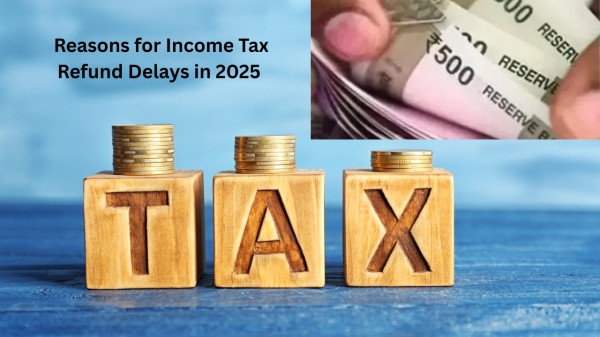

By signing in or creating an account, you agree with Associated Broadcasting Company's Terms & Conditions and Privacy Policy.


By signing in or creating an account, you agree with Associated Broadcasting Company's Terms & Conditions and Privacy Policy.

New Delhi: During the first half of this decade, the main competition amongst carmakers was how fast they would go all-electric. Volvo was one of the first brands to note in 2021 that they would go completely electric by the end of the decade. However, just like many other brands, the Swedish brand has gone back on their EV pledge.
In 2024, the brand had revised their target to a full-electric portfolio to 90 per cent of their lineup being either plug-in hybrids or fully electric vehicles. However, the brand is in need of more changes, it seems. In September, the sales of the EV fell by 21 per cent from the same period in 2024. Even plug-in hybrids saw a dip by one per cent y-o-y. Together, PHEVs and EVs made for 227,317 units or about 44.2 per cent of the total sales.
Still, Volvo does believe the days of the ICE is short. CEO Hakan Samuelsson last month had predicted that the industry would be completely EV in a decade’s time. However, the Geely-owned brand might hold to the ICE for a while longer. During an interaction with Automotive News Europe, Volvo’s executive admitted that ICE was going to be a big part of their lineup until the end of the next decade.

Volvo at present is placing its cards on the PHEVs as a technology that is going to bridge the transition, with plans of selling the reborn XC70 out of China as well. It has already been confirmed for Europe, though Samuelsson said that they won’t likely arrive before 2027.
He reasoned that it takes time to meet different emission and safety regulations, along with adapting the infotainment system to run on Google’s Android Automotive platform. Models like the new XC70 make sense for Volvo as they come with the long-range plug-in hybrid setup.
The SUV comes with a big 39.6 kWh battery that can do easily about 180 km with electric power, though this figure is based on the Chinese CLTC test cycle. It would certainly be lower in the WLTP or EPAL.
There is also a replacement of the XC90 in the development stage. The full-size luxury SUV received their second facelift about a year ago, but it is a 10-year-old model that is feeling old somehow. Automotive News said that the successor might not come until 2028. It could be available as an extended-range electric vehicle with around 100 miles of electric range.
Even though Samuelsson is looking at EREVs as a potential and can be seen as the second gen to plug-in hybrid, it is unclear if the brand will bring it to India. In the case of EREVs, the combustion engine comes as a generator to charge the big battery, which is much different from PHEVs, where the engine powers the wheels still. EREV can be seen as something that addresses issues of range anxiety. It is clear, though, that Volvo still has a space for the engines and the retirement of the lineup isn’t to happen right at the moment.








